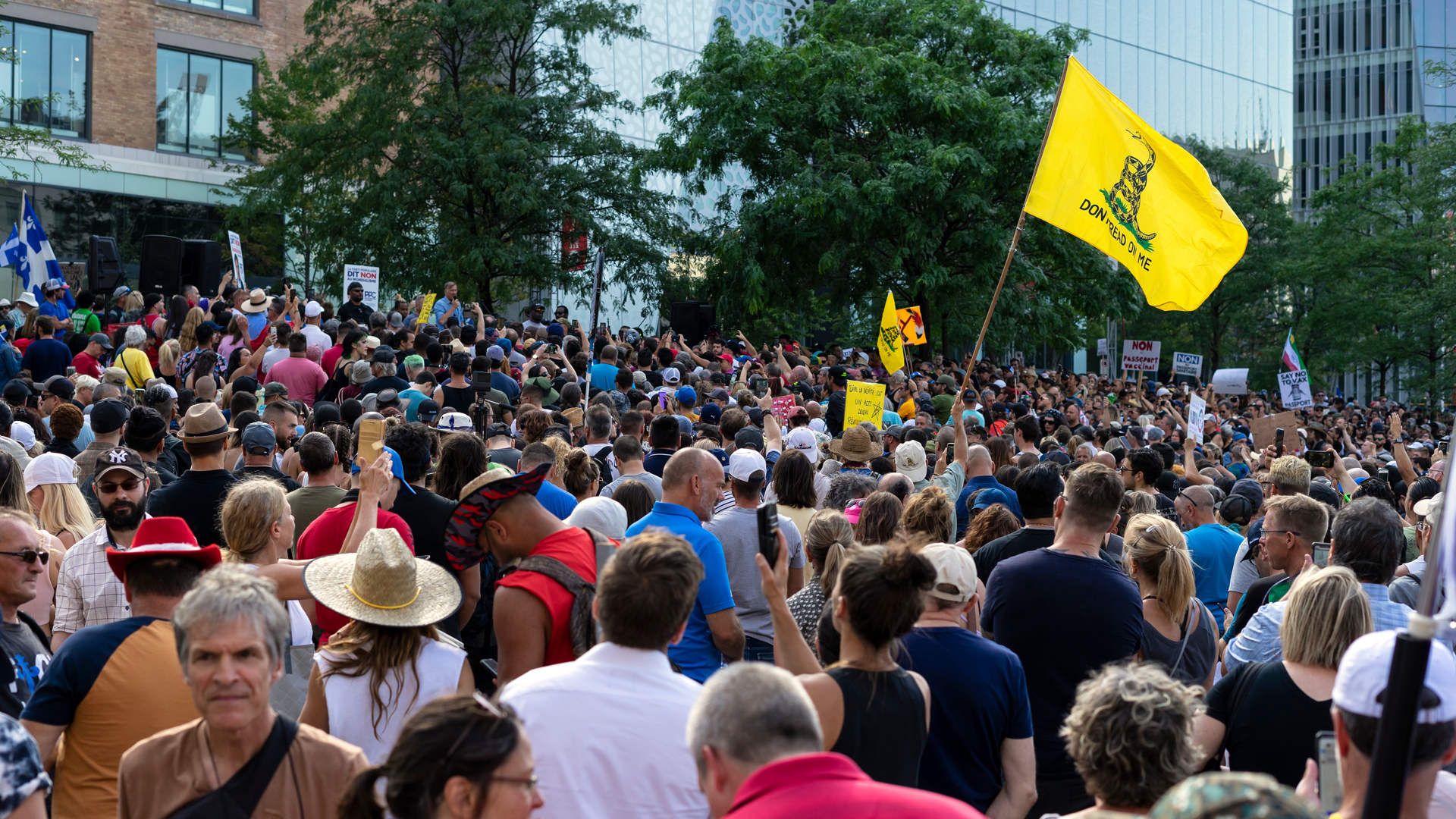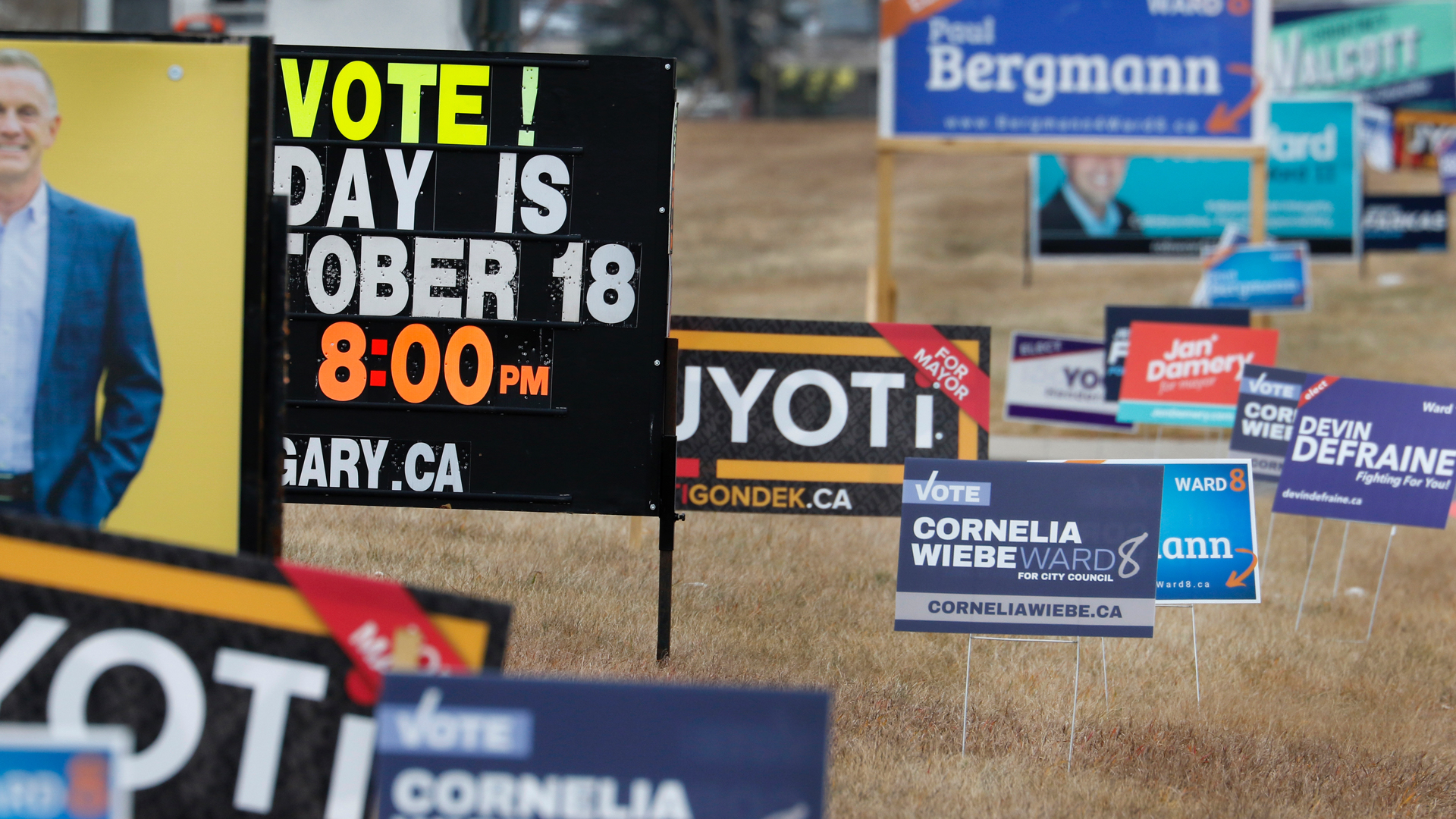
The COVID-19 pandemic created crisis conditions in every country and challenged governments to respond effectively. In addition to the health and economic hardships it has caused internationally, it has also affected a core aspect of democratic participation: voter turnout.
To better understand how crises affect voter turnout, we explore different variables that may mobilize or discourage citizens from voting during a time of crisis, such as a pandemic.
While Canada is ranked highly in terms of overall perceptions of electoral integrity, the country has not been immune to lower voter turnout during the pandemic. For instance, the recent provincial election in Newfoundland and Labrador had the lowest turnout rate ever recorded in a Canadian provincial election, at 48 per cent.
Surveys have shown that individuals were less willing to go to the polls in the first three waves of the pandemic. Since COVID-19 began, there have been six provincial and territorial elections, and now the federal election. These provincial and territorial elections recorded lower voter turnout rates compared to turnouts in previous elections in those jurisdictions before the pandemic. (The exception was Nova Scotia’s election, which had a slightly higher turnout rate, but only relative to its historic low in 2017.) Thus, understanding how times of crisis impact voter turnout can help policy-makers and implementers prepare for the next crisis in Canada. Deducing from past precedent, what can we expect for voter turnout in the wake of a crisis?
The first variable is how a person’s financial status during a crisis can affect their decision to vote. Research on voter turnout suggests that those who are in financial distress – either due to, or worsened by, a crisis – are far more likely not to vote.
The pandemic has had a significant impact on the economic landscape in Canada, especially for those who were already the most socioeconomically vulnerable, and the country may experience decreases in participation among these groups in the Sept. 20 federal election. In future elections in which the ramifications of the pandemic are still present, participation may continue to be low in these groups. Some electoral agencies and private actors are already reaching out to groups that face barriers to participating in elections. This is done by informing them about aspects of the electoral process, such as registration procedures or the identification required to vote.
Furthermore, depending on the parameters of the election laws in a jurisdiction – which are determined by policy-makers – electoral agencies may also offer different ways to vote. In addition to voting on election day, this might include alternatives such as mail-in ballots or advance polls to make the electoral process more accessible for groups facing barriers.
The second variable that is affected by crises is citizens’ trust in and satisfaction with their governments. Research suggests that overall dissatisfaction is normally paired with increased voter turnout. Dissatisfaction often generates a demand in the electorate for a change in the party in power. In turn, this mobilizes citizens to participate in more political activities, including voting. Since citizens’ trust in government will affect their levels of satisfaction and therefore their propensity to vote, it is important to be able to evaluate the causes that may impact the perspectives of citizens during times of crisis.
A commonly known effect that can assist with this evaluation is the “rally-round-the-flag” phenomenon, which suggests that during a crisis citizens are apt to increase their support for the current government. To better understand the impact of this phenomenon, we can look to recent research done on France and Austria.
The research suggests that in a country with little political polarization, like Austria, high levels of government trust were tied to government policy meant to address the unknown health considerations of the COVID-19 pandemic. However, the same individuals who supported the government from the standpoint of its health-related policies showed less trust in how those policies could affect the economic landscape. Additionally, trust in government decreased as the pandemic went on, due to greater uncertainty.
In a country with greater political polarization, like France, the research found that citizens’ response to any governmental policy, including those relating to health care, was more negative from the beginning of the pandemic.
Because the rally-round-the-flag effect was not prevalent among citizens in these two countries throughout the pandemic, and because citizens’ trust in government in both countries worsened over time – regardless of the level of political polarization – we can expect that voter turnout may increase the longer a crisis lasts, as long as it does not result in disillusion with the voting process.
The third variable that may affect voter turnout in a crisis is how angry the populace is. The level of citizens’ anger toward government policies and politicians during a crisis connects to the “angry voter effect,” which hypothesizes that anger stimulates voter mobilization more than any other emotion. Consequently, a country with angrier citizens can expect a higher voter turnout. This is different from satisfaction levels with the government, because if voters do not blame politicians for their problems – even if they are generally dissatisfied – there may be no relationship between voter turnout and anger.
If citizens become too dissatisfied, they may develop a sense that voting will not affect their perceived problems. An example of this dynamic occurred after the 2008 economic crisis, when many countries experienced a decrease in voter turnout.
Canada may have been impacted by this factor in 2008, when the country experienced a historically low voter turnout rate of 58.8 per cent in the federal election. This cannot be established conclusively because other factors, such as voter fatigue from the 2004 and 2006 elections or general apathy toward the candidates, might also have affected the turnout.
After the current federal election, Canada will have new data to help better understand how voter turnout is impacted during times of crisis. For policy-makers and implementers looking at future voter turnout levels, understanding the effects that influenced the turnout in this election will be crucial for next time there is a country-wide or global crisis.
While no country was immune to the COVID-19 pandemic, all democratic states remain susceptible to changes in voter turnout during crises that might affect the health of their democratic participation.
This article is part of the How can we improve the elections process special feature.










